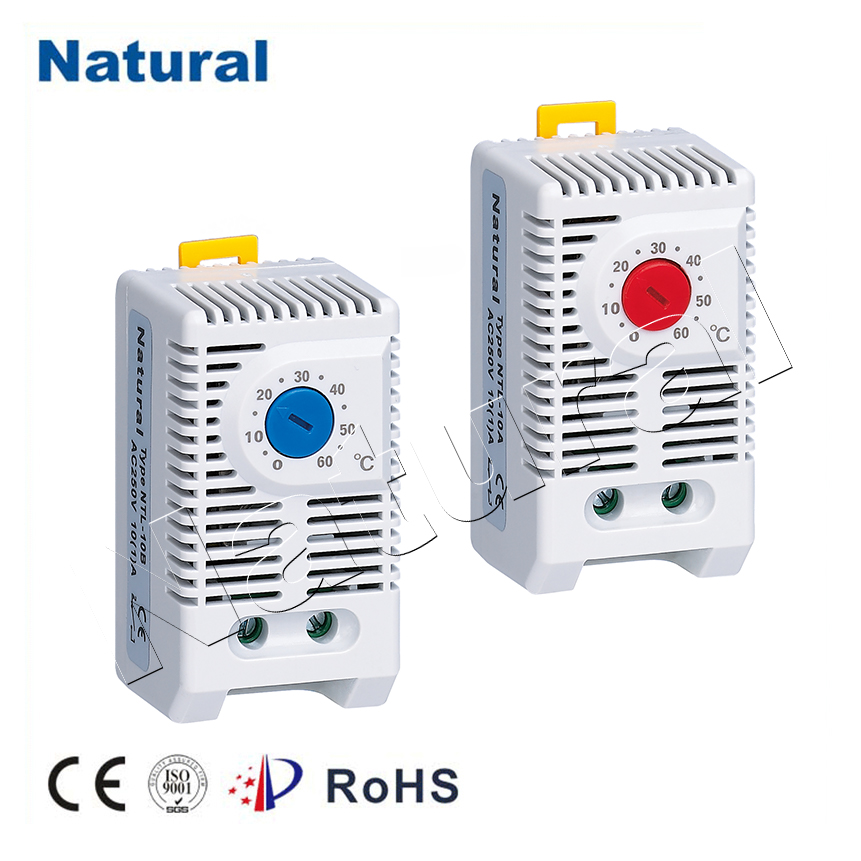Thermostats are an integral part of modern life, quietly ensuring our homes remain at a comfortable temperature year-round. These unassuming devices have come a long way since their inception, with advancements in technology and design revolutionizing their capabilities. In this article, we will explore the evolution of thermostats and their profound impact on our daily lives, focusing on how they contribute to both comfort and energy efficiency.

The Early Days: A Simple Control Device The history of thermostats dates back to ancient times when people relied on rudimentary methods to regulate indoor temperatures. In ancient Rome, for example, slaves were tasked with adjusting airflow through underground heating systems to maintain a consistent temperature. However, it wasn’t until the 17th century that the first thermostat-like device was created. Cornelis Drebbel, a Dutch inventor, used mercury-filled tubes to control a furnace, creating an early form of temperature regulation. The Thermostat’s Evolution The thermostat we are familiar with today began to take shape in the 19th century. In 1883, Warren S. Johnson invented the first electric thermostat, which relied on a bi-metallic strip to regulate temperature. This marked a significant advancement, as it allowed for more precise control and automation of heating and cooling systems. The mid-20th century brought further innovation with the introduction of the first programmable thermostat by Honeywell in 1953. This allowed homeowners to set specific temperature schedules, reducing energy waste and improving comfort. In the 21st century, the rise of smart thermostats, such as the Nest Learning Thermostat, took automation and energy efficiency to new heights. These devices can learn a household’s heating and cooling preferences, adjusting settings automatically to save energy while maintaining comfort. Energy Efficiency: A Key Benefit One of the most significant impacts of thermostats on modern life is their role in improving energy efficiency. Programmable and smart thermostats have the ability to reduce energy consumption by optimizing temperature settings based on occupancy and time of day. This not only saves homeowners money on utility bills but also contributes to a greener, more sustainable future by reducing carbon emissions. Comfort and Convenience Beyond energy savings, thermostats enhance our daily lives by providing a comfortable living environment. Imagine coming home to a warm and cozy house in the winter or returning to a refreshingly cool home on a hot summer day. Smart thermostats take this to the next level by allowing remote control via smartphones, ensuring your home is always at the perfect temperature, no matter where you are. The Future of Thermostats As technology continues to advance, so too will thermostats. The future promises even greater energy efficiency and comfort, with innovations such as machine learning algorithms that can predict and adapt to changing weather conditions and occupancy patterns. Additionally, integration with smart home ecosystems will make thermostats an even more central part of our connected lives. In conclusion, thermostats have evolved from humble beginnings into indispensable devices that enhance our comfort and contribute to a more sustainable future. As we continue to prioritize energy efficiency and convenience, thermostats will play an increasingly important role in our lives. Whether through simple programmable thermostats or cutting-edge smart devices, these temperature control marvels are set to shape the way we experience and interact with our homes for generations to come.